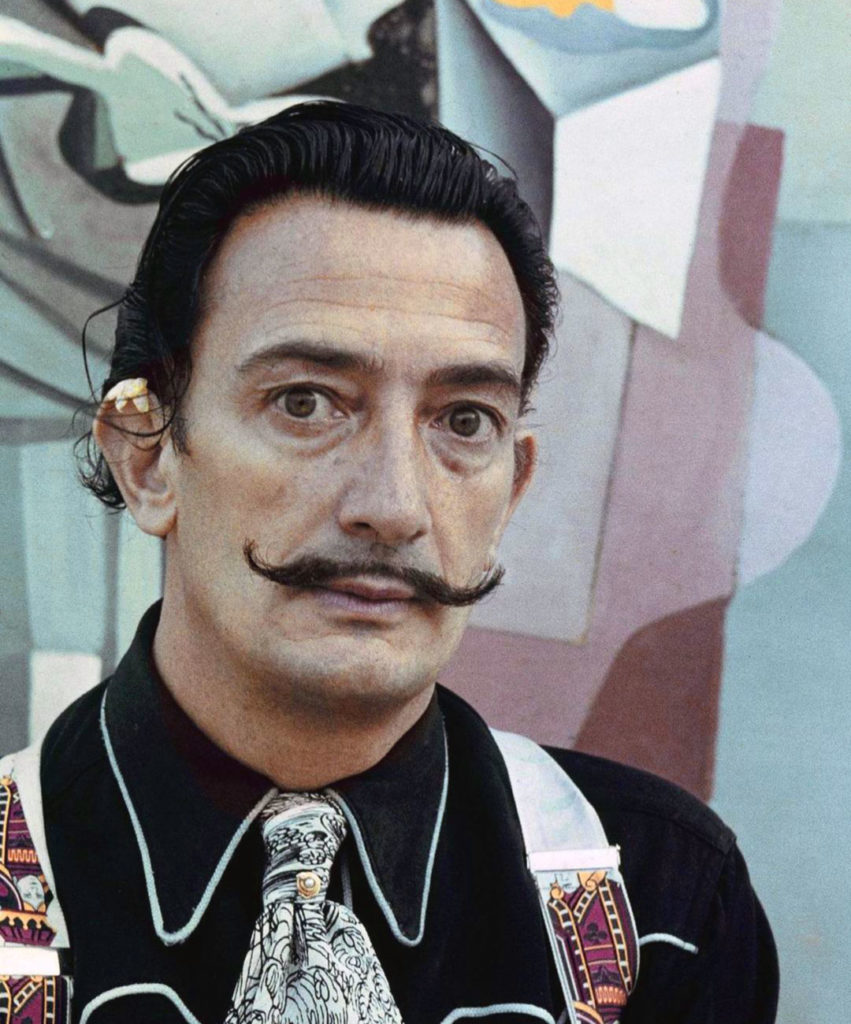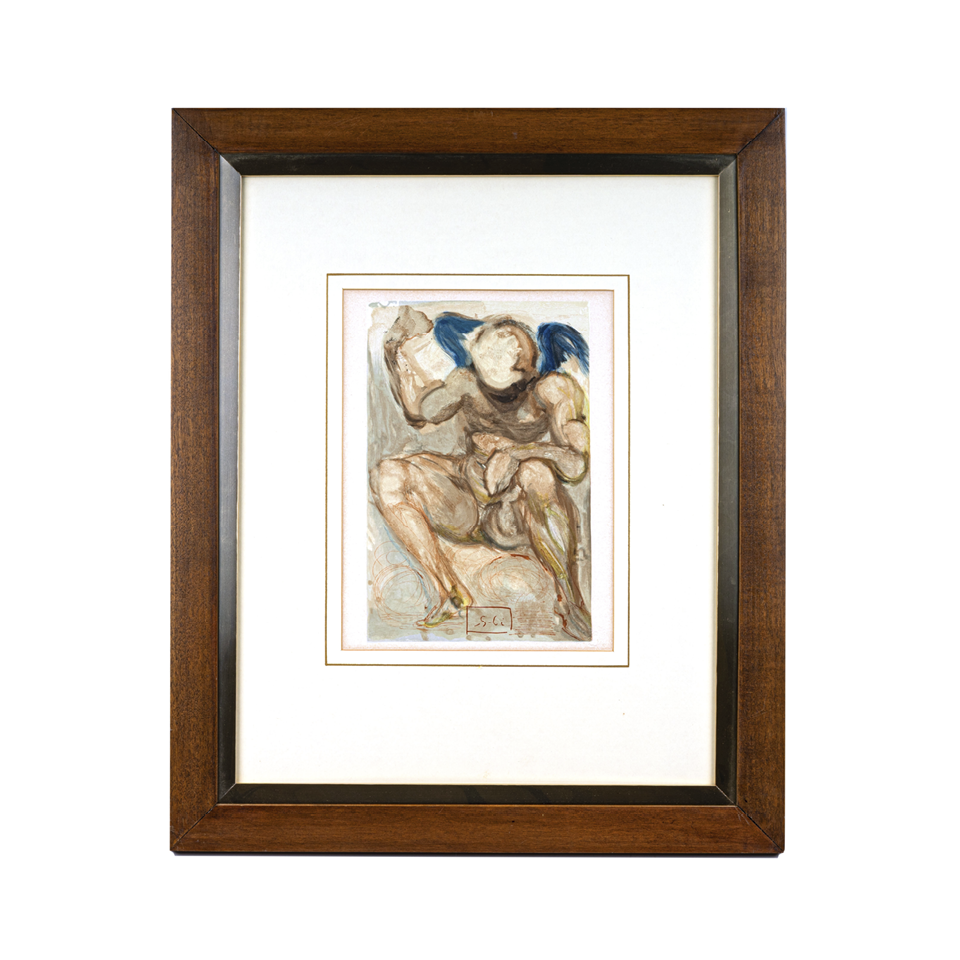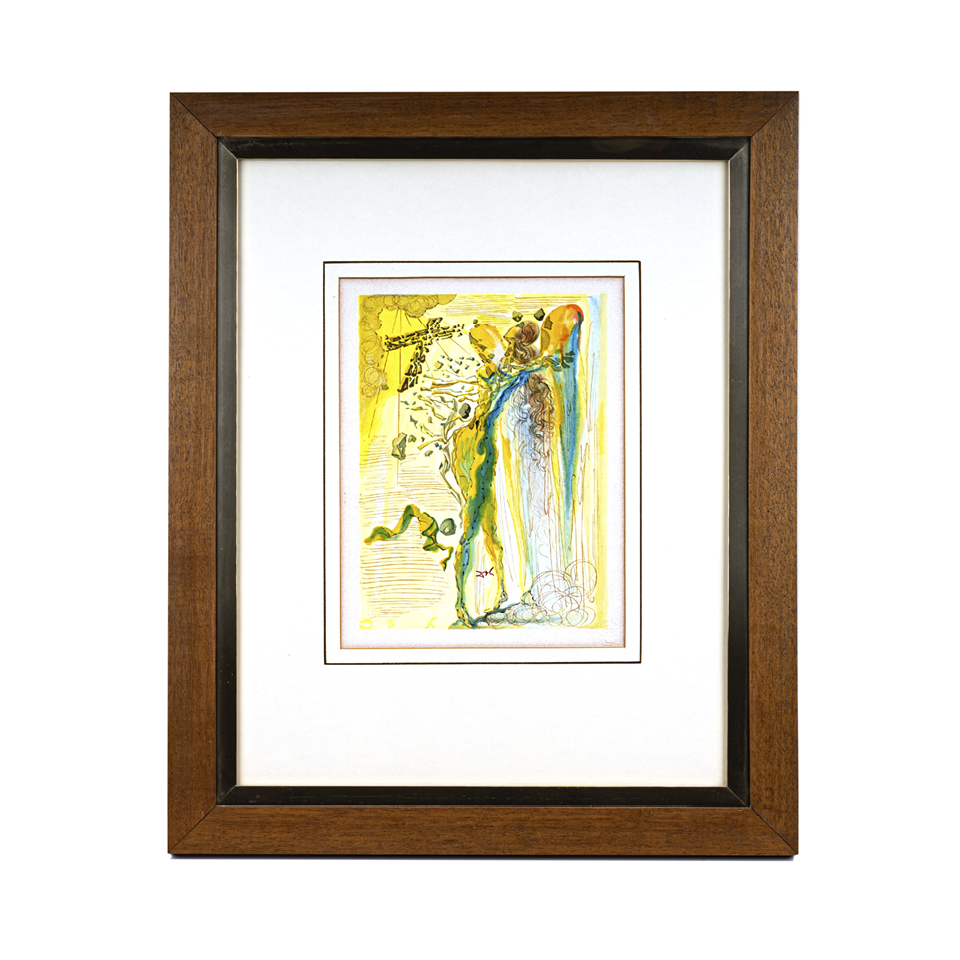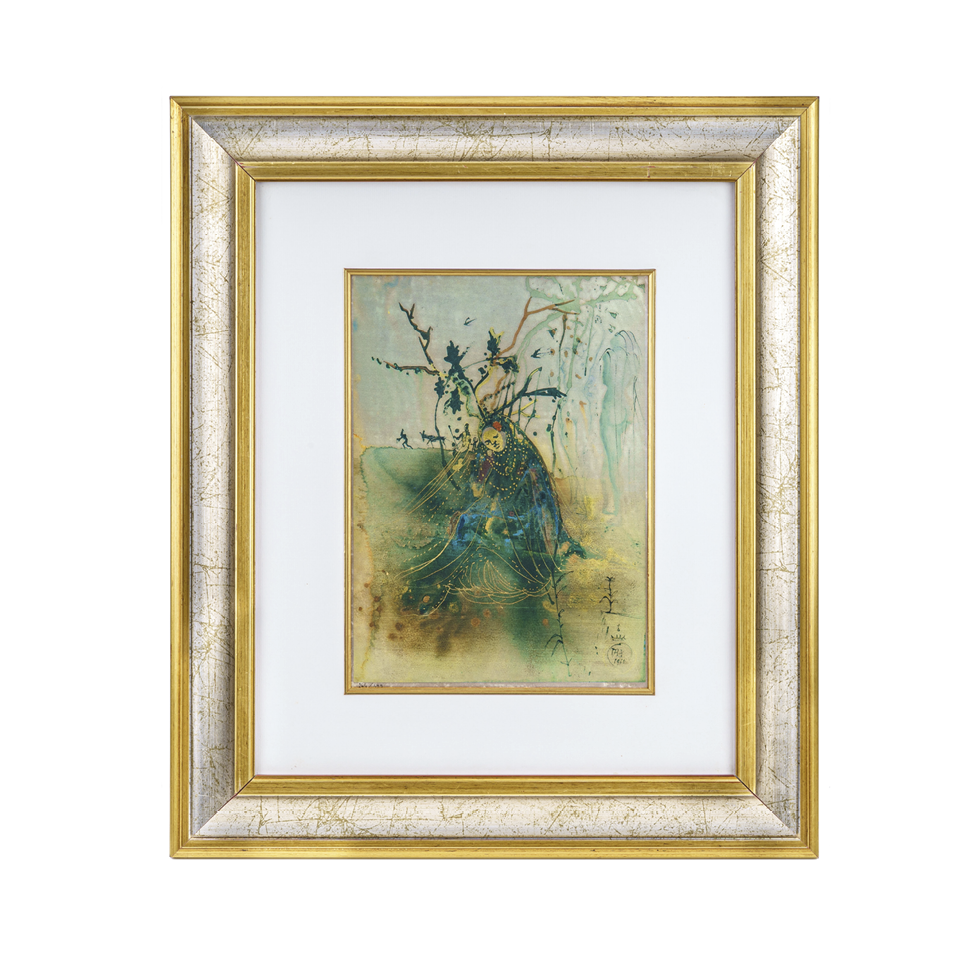
Salvador Domingo Felipe Jacinto Dalí i Domènech, the surrealistic icon of modern art, was born on May 11, 1904, in Figueres, Catalonia, 26 kilometers from the French border, at the foothills of the Pyrenees. His father was a notary, strict in upbringing, while his mother, Felipa, tended to encourage young Dalí in his artistic curiosity. Salvador Dalí was indeed a precocious and intelligent boy, but also impulsive and eccentric. Dalí had an older brother, born nine months before him, also named Salvador, who died of gastroenteritis. Later in his life, Dalí often recounted that at the age of 5, his parents took him to visit the grave of his older brother and told him that he was his reincarnation. From a very young age, Salvador showed great artistic abilities, especially in producing sophisticated paintings. Once his talent was recognized, his parents enrolled him in a drawing school. The years of study were tumultuous.
In 1921, Dalí’s mother, Felipa, died of breast cancer. At the time, Dalí was 16 years old and was devastated by the loss. In 1922, Dalí enrolled at the San Fernando Academy in Madrid. He stayed in the school’s student residence and soon took his eccentricity to a new level, growing long hair and sideburns and dressing in the style of late 19th-century English aesthetes. During this period, Dalí began to be interested in various artistic movements, including Metaphysical painting and Cubism. Between 1926 and 1929, Dalí made several trips to Paris, where he met influential painters and intellectuals such as Picasso, whom he revered. He also met Joan Miró, the Spanish painter and sculptor who, along with the poet Paul Éluard and the painter Magritte, introduced Dalí to Surrealism.
At that time, he experimented in artistic fields such as Impressionism, Futurism, and Cubism. All this experimentation led to Dalí’s first surrealist period in 1929. His oil paintings were windows into his dream world. In his work, Dalí used a meticulous classical technique influenced by Renaissance artists, which contradicted, however, with the space of the “unreal dream” he created with strange hallucinatory characters. Dalí was always an avid reader of Sigmund Freud’s psychoanalytic theories.
His major contribution to the surrealist movement was what he called the “paranoiac-critical method,” an exercise through which the unconscious influenced and guided artistic creation. Dalí would use the method to create and report the reality of unconscious thoughts. In August 1929, Dalí met Gala, a Russian woman 10 years older than him, the wife of the surrealist writer Paul Éluard. A strong mental and physical attraction developed between them, and soon Gala left Éluard for her new lover. She became not only his wife but also muse and inspiration to Dalí.
MULTIPLE ARTWORKS

Il Pentimento di dante
LOTTO 301

L’angelo della misericordia
LOTTO 302

L’apparizione del trisavolo
LOTTO 303

L’Autunno
LOTTO 265

L’estate
LOTTO 264

La primavera
LOTTO 263
